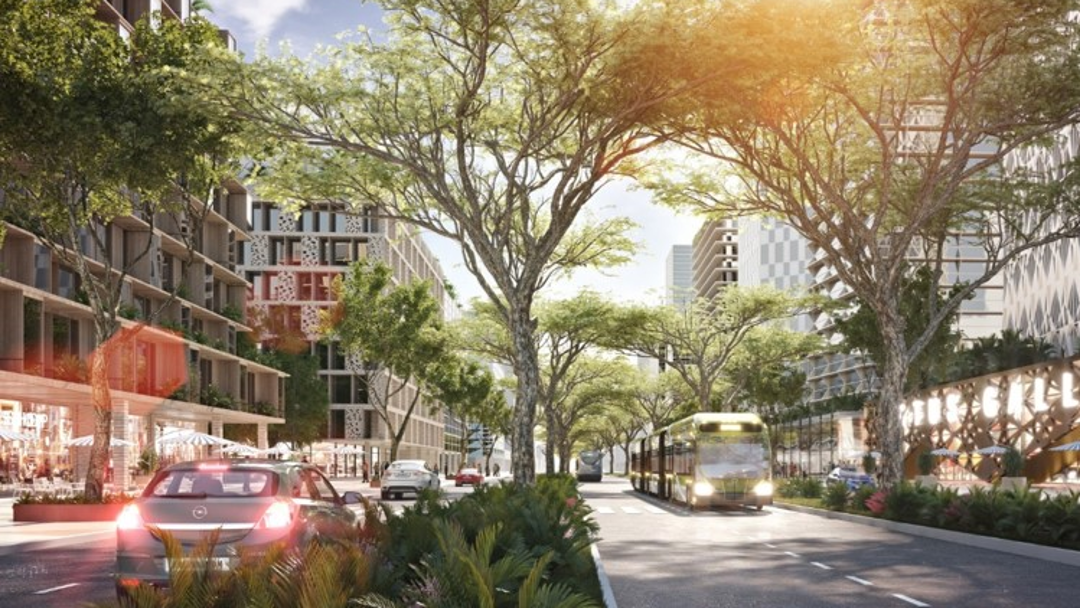
A neighbourhood in Kigali is being transformed into a pioneering new district: once the process is complete, it will be possible to live and work in a lively, affordable and green space. “Green City Kigali” is intended to act as a model of sustainability for other cities in Rwanda and beyond. KfW is funding the project on behalf of the Federal Ministry for Economic Cooperation and Development through a grant agreement in the amount of EUR 30 million.
The landlocked eastern African country of Rwanda is one of the most densely populated countries on the continent. The cities, in particular, continue to grow – with the capital Kigali expanding at the fastest rate of all. Affordable living space is scarce and it is no longer possible to meet the increasing demand. Basic urban infrastructure is also lacking. What is more, climate change is clearly making itself felt: Rwanda is seeing more frequent heavy rain, flooding and even landslides. The negative consequences are particularly severe in the heavily populated urban areas.
To show how the city of the future could look, Rwanda is launching “Green City Kigali”, which includes the construction of environmentally sound housing, climate-adapted infrastructure and extension of the public transport system. It is being built on Kinyinya Hill in the Gasabo district, an area of around 600 hectares in the heart of the capital, with up to 30,000 housing units.
Homes and businesses alongside one another
With support from KfW, the Rwanda environment and climate fund (Rwanda Green Fund) has developed the concept for the model city. The first step is to run a pilot project, building close to 1,700 affordable flats for 7,000 to 8,000 people across 16 hectares and alternating residential units with commercial units as well as social infrastructure in the form of a community centre, public squares and a school. The concept of the green model city also includes the construction of a separate drinking water reservoir, a district sewage treatment plant and the installation of solar panels on the roofs of the residential units. Innovative landscaping measures such as designated green spaces in the neighbourhood will enable natural drainage, heat and climate mitigation and will protect biodiversity. In addition, cycle paths and footpaths will also be built to facilitate environmentally friendly traffic. Local and low-carbon building materials are being used.
The measure is intended to act as a blueprint for integrated, environmentally friendly urban development. One day, the residents of Kinyinya Hill will enjoy the social and economic benefits of urban living while minimising their impact on the environment.
Share page
To share the content of this page with your network, click on one of the icons below.
Note on data protection: When you share content, your personal data is transferred to the selected network.
Data protection
Alternatively, you can also copy the short link: https://www.kfw-entwicklungsbank.de/s/enzBXz5o
Copy link Link copied